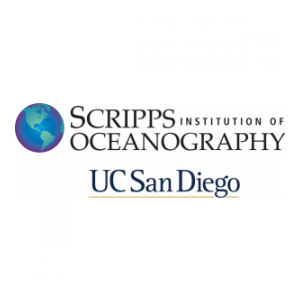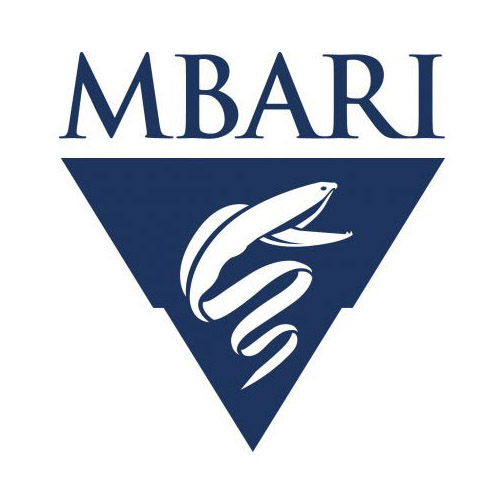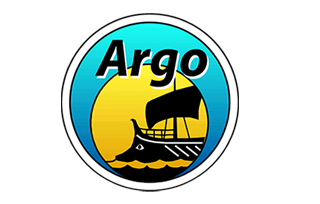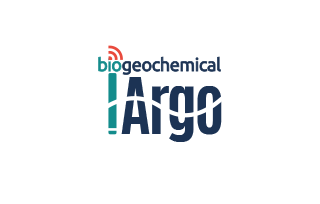About Us
The Global Ocean Biogeochemistry Array is a project to build a global network of chemical and biological sensors that will monitor ocean health.
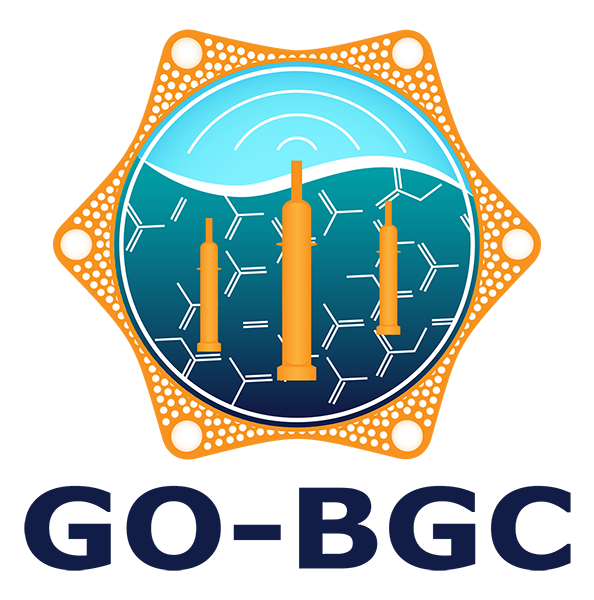

Project Mission
To build a persistent, robotic observing system that extends from the surface into deep waters with open data, and which enables scientists and educators to analyze, understand, and communicate the processes that control ocean health and the flow of carbon at climate relevant time scales.
About the Project
The Global Ocean Biogeochemistry (GO-BGC) Array is a project funded by the US National Science Foundation to build a global network of chemical and biological sensors that will monitor ocean health. Scientists at the Monterey Bay Aquarium Research Institute, the University of Washington, Scripps Institution of Oceanography, Woods Hole Oceanographic Institution, and Princeton University will use this grant to build and deploy 500 robotic ocean-monitoring floats around the globe as part of NSF’s Mid-scale Research Infrastructure-2 program.
This network of floats will collect data on the chemistry and the biology of the ocean from the surface to a depth of 2,000 meters, augmenting the existing Argo array that monitors ocean temperature and salinity. Data streaming from the float array will be made freely available within a day of being collected via the Argo data system, and will be used by researchers around the world. These data will allow scientists to pursue fundamental questions concerning ocean ecosystems, observe ocean health and productivity, and monitor the elemental cycles of carbon, oxygen, and nitrogen in the ocean through all seasons of the year. Such essential data are needed to improve computer models of ocean fisheries and climate, and to monitor and forecast the effects of ocean warming and ocean acidification on sea life.
The 500 floats in GO-BGC will represent half the desired global number of 1,000 floats proposed in the Biogeochemical Argo Science and Implementation Plan (BAPG, 2016) for a global BGC observing system. As occurs in the Core-Argo program, we anticipate that an additional 500 floats will be deployed by international partners in the coming years, and many efforts are already underway.
In addition to NSF support, the US contribution to the Core-Argo array and the US Argo Data Center are supported by NOAA. These contributions provide a conduit for GO-BGC data into the Argo system. Development of the SIO BGC-SOLO II float for GO-BGC and the Argo community was supported by the US National Oceanographic Partnership Program and by NASA.
The GO-BGC Array is led by Director Ken Johnson and administered by the Monterey Bay Aquarium Research Institute, and is supported by NSF Award 1946578.
For more information, see the press release or download the original proposal.
TEAM
The GO-BGC Project is a partnership of researchers from many of the major oceanographic institutions in the U.S. who bring experience in oceanographic data collection and analysis and in public engagement on ocean issues.
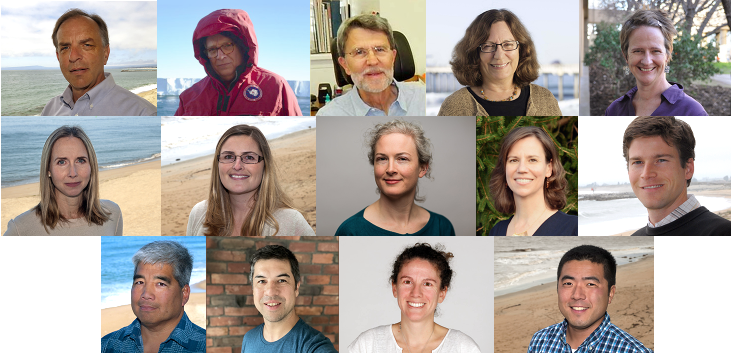
RELATED PROJECTS
SOCCOM
Southern Ocean Carbon and Climate Observations and Modeling project
Argo
An international program that collects oceanographic information using a fleet of robotic instruments
Biogeochemical Argo
An extension of the Argo program to include biogeochemical observations

